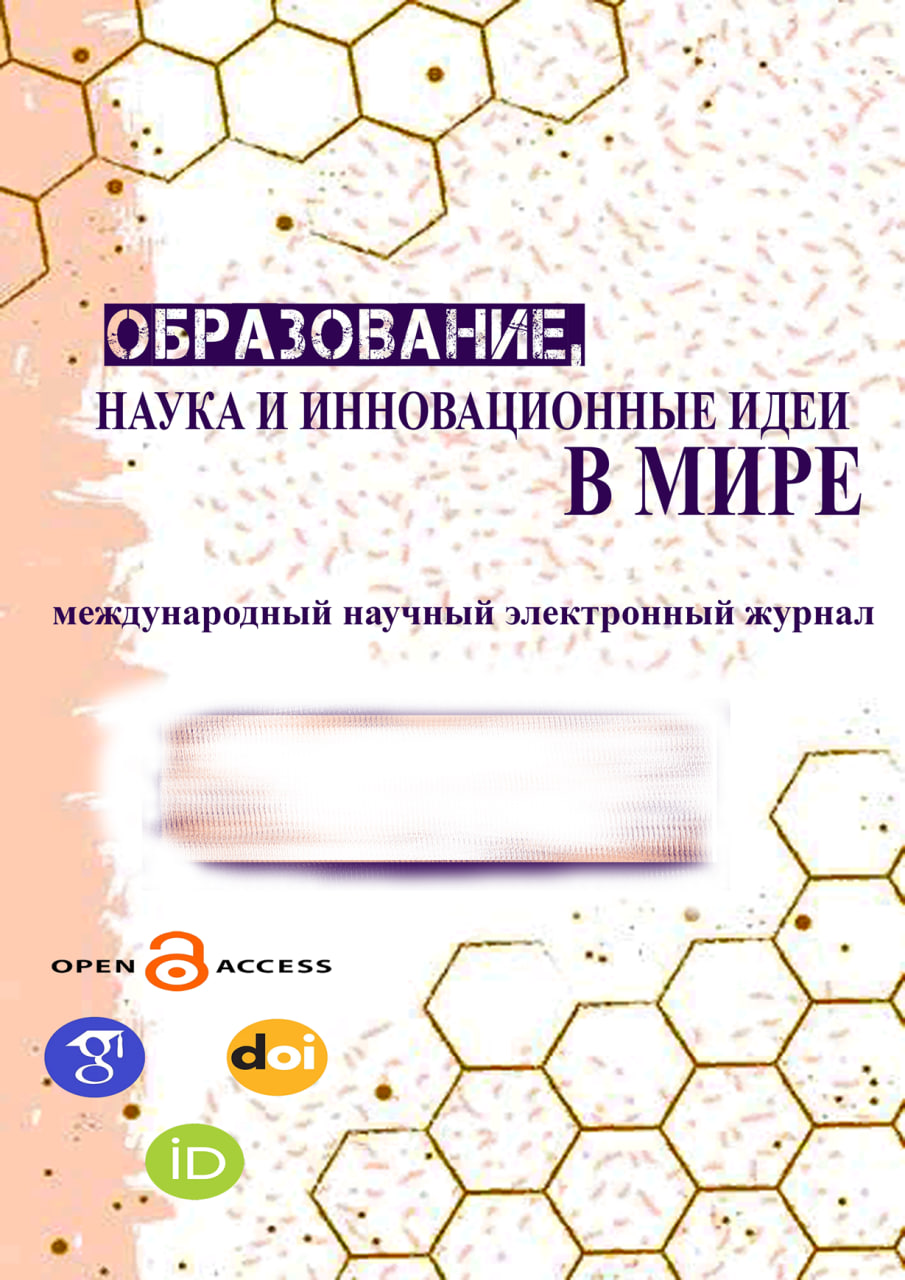METHODS OF IMPROVING YOUNG LEARNERS' CREATIVE THINKING ABILITIES IN ENGLISH CLASSES
Keywords:
Key words: creative thinking, play-based learning, storytelling activities, digital storytelling, problem-solving, methodsAbstract
Annotation: In this article there is given information about some beneficial ways of developing young learners' creative thinking abilities in EFL classes It investigates how methods can be incorporated into language education, highlighting their positive effects on narrative abilities and creativity. There is presented empirical data demonstrating how digital tools can boost student engagement and language skills by scholars. The study emphasizes the capability of multimedia resources to encourage creative thinking in EFL classrooms, aligning with the methods outlined in the research.
References
Dewey, J., & Macedo, D. P. (2019). Digital Storytelling in the Language Arts Classroom: Theory and Practice. Journal of Language and Literacy Education, 15(1), 25-40.
Maley, A., & Peachey, N. (2015). Creativity in the English Language Classroom. British Council.
Vygotsky, L. S. (1978). Mind in Society: The Development of Higher Psychological Processes. Harvard University Press.




